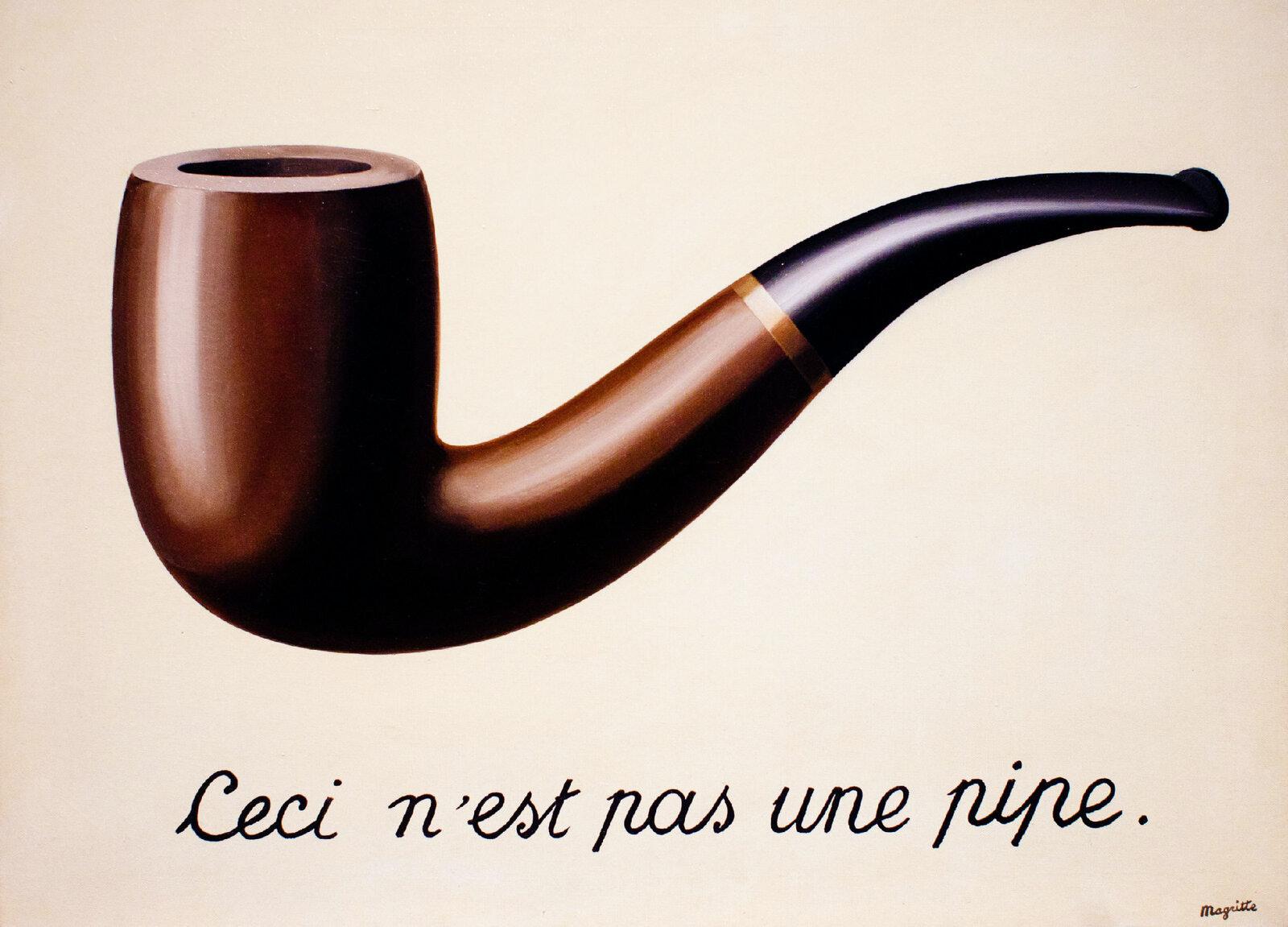
9 minute read
Chapter 2: Visual Images from a semiotic perspective
from How does the use of linguistics and semiotics influence the creation of logos within a brand?
by ekta.designs
Chapter 2
Visual Images from a Semiotic Perspective
Advertisement
Many companies are using semiotics within branding. A designer plays a role in manipulating visual elements to gain a response from its particular target audience and semioticians study how things can influence people (Logo Design Love, 2017). In this case, both designer and semiotician can work together as said so in an interview by Professor Paul Cobley (see appendix 5). In fact, around us, we are surrounded with design. The creation of things, spaces, services and interactions; these are all acts of design that aim to establish or convey a specific meaning to an individual action or communication (Van der Meulen, 2019). Altogether, semiotics can help evaluate designs according to traditional semiotic principles (see appendix 4). It is known to be a critical academic model of design analysis and visual research, which leads to an improved understanding of the relationship between written and spoken languages and their references in the corporate world. Semiotics is a tactical method which is a core tool for deconstructing and interpreting graphic design components such as graphic marks and texts in order to determine their underlying meanings (Noble and Bestley. 2005)
Fig. 6. René Magritte – The Treachery of Images (This is Not a Pipe), 1929 (2020)
A great example of semiotics within graphics design is ‘The treachery of images’ (1928–29) by René Magritte (see Figure 6). This painting includes an image of a pipe and below it is a text which says “Ceci n’est pas une pipe”; the translation for this is “This is not a pipe”. This iconic masterpiece of Surrealism overthrows outdated styles of pictorial and language depictions despite the inspiration of his work being children’s books and his early career in advertising (Henri Matisse, 2009). The images motive was all about representation and to convey a simple message which was: The image on the canvas is not a pipe, but a portrayal of a pipe. Magritte stated that “It is not an actual pipe that I can stuff so if I had written ‘This is a pipe,’ I would have been lying.” (Wear and Zarconi, 2011). Therefore, the primary interpretation is that the pipe in the painting is not a pipe, but rather a drawing of a pipe in which there is no tobacco.
Although the irony of the object corresponding to the word and image creates a massive impact on the audience, the painting ultimately challenges the social semiotic relationship between words and image. The painting is an excellent example of semiotics; it reframes our thoughts of communication about a referenced idea rather than a referenced object allowing us to visualise and interpret how meaning is created and communicated (Yow, 2017). Semiotics is an insightful approach which sums up the connection between what is existing, what we know it as and how we call it, which enables us to analyse the influence and power of these images which means analysing symbolic creation from a semiotic perspective leads to every perspective taken into consideration. If someone becomes well-informed for associate meanings, it does not matter whether the connotations are logical or not because if a person interprets a piece their way, the connotations they make are real and are never falsified (Logo Design Love, 2017).
22
People are living their everyday lives surrounded by signs. These signs are not just verbal signs, but they include images as well. Swiss Linguistic, Ferdinand de Saussure had claimed in order to understand language, a system of signs is beneficial (Noble and Bestley. 2005) and that is why the visual languages of graphic design are images. Applying a semiotic approach to these signs and images, we can better understand why they are communicating to the world, how they are conveying ideas and attracting attention, improving understanding and resonating with viewers to achieve the purpose of the exchanged information. (Yang and Hsu, 2015).
A designer’s job is to analyse and solve visual problems and most importantly interact with the target audience. What we disregard is that there is more to designing when it comes to communicating a visual message and how we view and interpret the message as it is dependent on the consumer’s interpretation. Theories developed in semiotics can explain visual communication (Crow, 2003) and how logos of particular brands affect consumers, especially when trying to communicate a message to the intended target audience at the right time. The semiotic theories and methods help us to identify trends and understand the attitudes and behaviours of a consumer when they interact with a brand (Vos, 2019). Signs in particular form all sorts of components such as language, picture, body language, sounds and concepts. Additionally, signs simplify these multiple components. There were many theories developed to understand how to outline these signs within these components.
Charles Sanders Pierce (1839-1914) was an American philosopher developing semiotics, and he proposed that to define signs, split them into three categories: Icon, Index and Symbol. An icon is an illustrative sign which resembles something such as photographs and people. An index is a particular sign which has a direct link between the sign and an object and a symbol which has no logical meaning between it and the object (Boulton, M. 2005). However, in the early 1900’s Ferdinand de Saussure (1857-1913) a Swiss professor of Linguistics established a linguistic aspect to semiotics and suggested a more straightforward structure. The theories of signs proposed by Saussure specify that the connotation of a sign can be communicated by subjectively combining the signifier – the form which the sign takes - and the signified – the concept it represents (Yang and Hsu, 2015).
Applying these theories allow graphic designers to re-associate and change the meanings of the displayed signs within their work which leads to grabbing the viewers’ attention and being able to convey the information and emotions they had intended. These theories sum up the main areas of semiotics which include the signs themselves, the way they are organised into systems and in the context in which they appear. Nevertheless, they showcase the semiotic theory as a way to present the images having the power to formulate what is perceived to be real.
Fig. 7. The Amazon logo (2019)

The Amazon logo (see Figure 7) represents a signifier through the components of the text and arrow. The ‘signified’ is the meaning behind the placement of the arrow. The arrow is pointing from the A to the Z which ultimately sends the message across that Amazon sells everything ‘a to z’, and an additional meaning of the arrow is that it showcases a smile that customers would experience by shopping (Passmore, 2011). The arrow is a significant factor within the overall logo as it is communicating to the audience and challenging their opinion and that is because of its simplicity making it easy to understand its purpose and overall, just through the logo telling the customers what service they provide. The signifier and the signified create a sign, and within these signs could contain a symbol that has a broad meaning to make the transmission of information.
26

Fig. 8. Nike (2020)
A design has a tremendous impact on one’s brand as it creates emotional connections with the target audience. The target audience is the ones who develop emotional connections with the brand and their products and use the brand’s symbols and sign to subordinate their feelings and showcase moral values within the brand (Biricik, 2006). An example to present this would be the Nike logo (see figure 8) Nike consumers are often from the socio-cultural challenger segment in which Nike propose campaigns to trigger their consumer’s motivational values allowing them to reflect on their beliefs (Schiere, 2019). However, the logo itself affects the consumers, and by examining the logo through semiotic analysis, we can see how and why. The logo (see figure 8) includes an iconic abstract ‘swoosh’ symbol suggests the concept of freedom of movement, which immediately relates to the target markets culture.
Icons like this encourage the target market to think differently about themselves and build a relationship with the brand, which means brands have the power to lead cultural change. (Creative Semiotics, 2020). The existence of signs and symbols in brand logos influence the consumer’s opinion about the overall brand and themselves. Applying a semiotic theory towards logos helps create awareness and develop relations within the market. It also helps us identify the purpose of a logo and how it leads to a brand developing a relationship with the consumers.
A semiotic analysis within brand logos is beneficial as they help the logo naturally fit in the global market as well as making the logo stand out. It also helps solve visual problems that would interfere with the interpretation of the viewers on the brand (Bhuda, 2011). A Semiotic analysis includes many points, especially when considering a logo, for example, what are the crucial signifiers and what do they signify? Or what is the purpose of the design elements, and how does it impact the viewer’s understanding? (Chandler, 2017). Considering these points, we can say that semiotics aids to make quick, analytic decisions and to be able to articulate the reasons for creative decisions (see appendix 5) inspires the designer to push the boundaries of thinking, helping viewers think creatively and tactically. (Bhuda, 2011). Additionally, Paul Cobley had also claimed that in logo design, considering the audience is one of the main tasks. Charles Sanders Pierce had once said that a sign is always “for someone” (see appendix 5).
Making design decisions when creating a logo is vital, but none will be accounted for unless the consumer recognises and understands the message and symbolism the logo represents. Also, 64.9% of people said that logo effects their brand of choice (see appendix 3), which means logo representation must be concise as consumers do look at a brand and this is where semiotics comes in. The target market of a brand is predetermined to read the logo, not from training or education but through experiences from their surrounding culture (Paget, 2020). Semiotics has an essential function in understanding anything designed. The repeated exposure of cultural surroundings has taught them the meaning of things, for example, the meaning of specific colour such as red meaning stop, or danger or green meaning go or environmentally friendly. However, semiotics also helps us to differentiate the different meanings that come with one symbol and helps to alternate the meaning for different cultures. Particular colours symbolise different meanings in different cultures for example red symbolises excitement, energy, passion, love, in Western cultures, however in Asian cultures red is a very opportune colour as it symbolises good luck, joy, prosperity and long life. (Shutterstock, 2020). Taking these symbolic meanings into account when creating a logo allows more of a depth of understanding in consumer behaviour and see whether they understand the message of a brand or whether they are initially attracted to the initial look of the brand.
29






